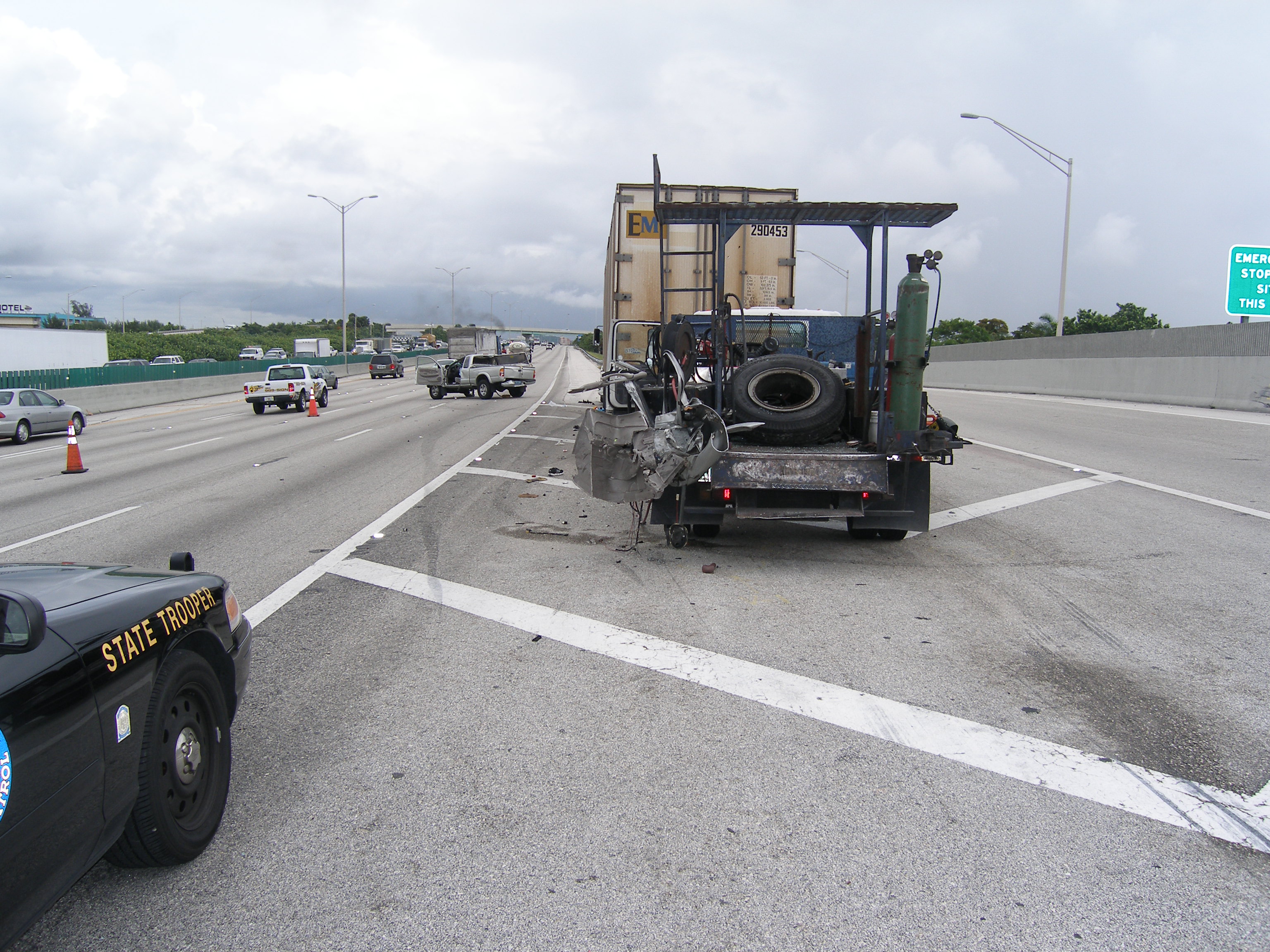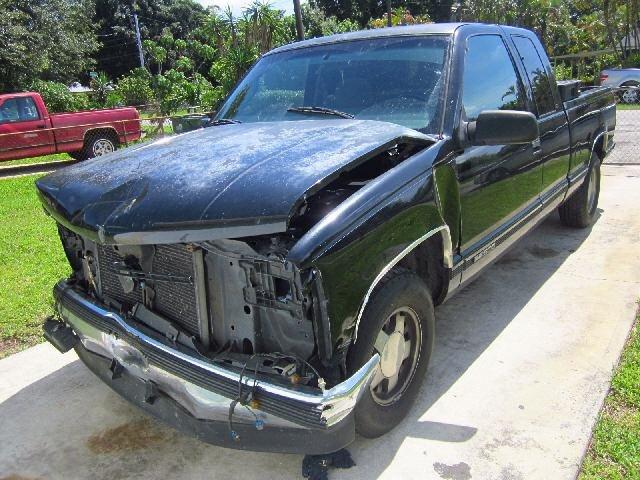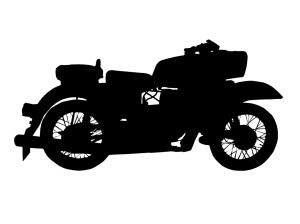 Florida law requires every owner or registrant of an operable personal use motor vehicle to maintain Personal Injury Protection and Property Damage – Liability insurance. See Florida Statute 627.733 Required security. While other types of coverage are available under the standard Florida motor vehicle insurance policy, these are the only two that are mandatory. While premiums are charged for the additional coverage, the value can be worthwhile. For example, the minimum mandatory coverage (PIP & PD – Liability) does not keep an at-fault insured from losing driving privileges when injuries are involved. Bodily Injury (BI) insurance does.
Florida law requires every owner or registrant of an operable personal use motor vehicle to maintain Personal Injury Protection and Property Damage – Liability insurance. See Florida Statute 627.733 Required security. While other types of coverage are available under the standard Florida motor vehicle insurance policy, these are the only two that are mandatory. While premiums are charged for the additional coverage, the value can be worthwhile. For example, the minimum mandatory coverage (PIP & PD – Liability) does not keep an at-fault insured from losing driving privileges when injuries are involved. Bodily Injury (BI) insurance does.
Here is a summary of the various types of coverage available under the standard Florida motor vehicle insurance policy:
Personal Injury Protection (PIP). This coverage is outlined in Florida Statute 627.736. For in-state accidents, PIP covers the named insured, relatives residing in the same household, persons operating the insured motor vehicle, passengers in such motor vehicle, and other persons struck by such motor vehicle while not occupying a self-propelled vehicle. For out-of-state accidents occurring within the U.S. and Canada, PIP covers the named insured and resident relatives if occupying a listed vehicle. Remember this: Out-of-state, out-of-vehicle, out-of-luck.
PIP pays:
- 80 percent of reasonable or allowable accident-related medical expenses
- 60 percent of lost wages
- $5,000 death benefits
The typical PIP policy limit is $10,000 per person with a deductible of up to $2,000.
Property Damage Liability (F.S. 324.022). Covers damage to a third party’s property, including motor vehicles, walls, telephone poles, buildings, etc. The coverage travels with the insured, meaning it applies (with exceptions) when the insured is operating a non-listed vehicle. It may also cover a permissive user of a listed vehicle. The minimum policy limit is $10,000.
Bodily Injury Liability (BI) (324.021). Not mandatory in Florida. However, for those convicted of DUI, it is mandatory for a period of three years after license reinstatement. For convictions before October 1, 2007, the minimum coverage limits are $10,000 per person/$20,000 per accident. On or after October 1, 2007: $100,000/$300,000.
BI covers for injuries and loss of life caused by the insured while operating certain listed vehicles. It may also afford coverage to the insured while operating a non-listed vehicle, like a friend’s car. An added bonus of maintaining BI is that the insurance carrier will furnish a legal defense on its tab. The minimum BI coverage limits are $10,000/$20,000. The maximum can be whatever the insured desires and can afford. Umbrella insurance is a way of increasing limits while saving on cost.
Continue reading
 a motorcycle accident. Because her son was not married or the father of a child, she and the boy’s father can bring a civil claim for mental pain and suffering and funeral expenses against any party whose negligent conduct caused the accident. See §768.21(4) & (5) Florida Statutes.
a motorcycle accident. Because her son was not married or the father of a child, she and the boy’s father can bring a civil claim for mental pain and suffering and funeral expenses against any party whose negligent conduct caused the accident. See §768.21(4) & (5) Florida Statutes. Florida Injury Attorney Blawg
Florida Injury Attorney Blawg








